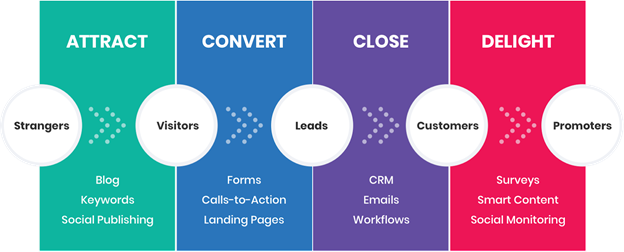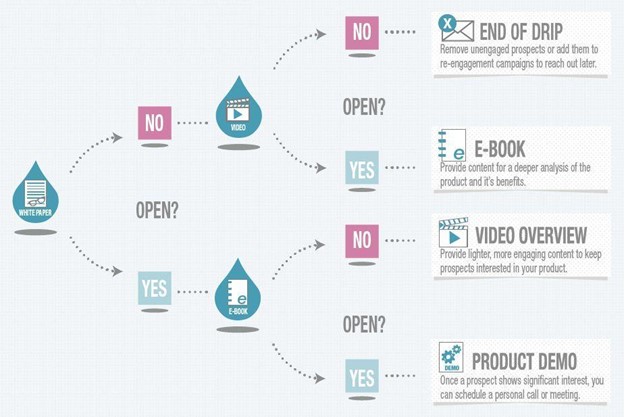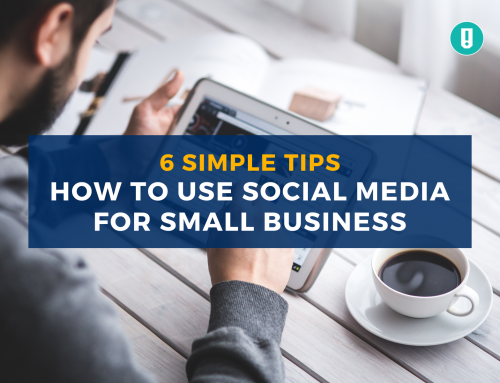To understand what’s going on in the world of business, you need to recognize common terminology. It doesn’t reflect well on you or your company if you don’t understand what other people are discussing. Here are some finance and marketing terminologies that will help you find your path to profitable funding for small businesses.
Luckily, you don’t need an MBA to master essential business terminology. Here are 7 business terms you need to know.
1. Burn rate
The burn rate refers to how rapidly an organization “burns”, or loses, money. The burn rate is an important metric for startups and companies that scale and then make a profit. These are often companies that rely on Venture Capitalist funding.
Knowing your burn rate will give you an idea of how quickly you are going through your savings. Financial experts suggest setting aside enough cash to cover at least six months of business expenses.
2. Gross margin and profit margin
Gross margin refers to the percentage of your total income that ends up as net income over time. In other words, it’s a measure of your company’s profits.
Profit margin is the proportion of your total revenue that you retain as profit, similar to gross margin. However, you subtract overhead expenses and direct costs from your sales to calculate the profit margin, then divide it by your total revenue.
Ultimately, profit makes companies valuable, but most companies take time to start making a profit. Your gross margin should not be taken as a day-to-day indicator of your business’s financial health.
3. Inbound marketing
Inbound marketing refers to how you engage with customers and leads that seek out your business. Forms of inbound marketing include blogging, social media marketing, and email marketing.

Source: RakaCreative
You can use inbound marketing to funnel clients from people who have come across your company into customers. Inbound marketing allows you to position yourself as an industry leader and gives your business credibility as an authority in its niche.
4. Search engine optimization
SEO stands for Search Engine Optimization. Through Search Engine Optimization, you aim to improve your website’s search engine ranking, so you can get more visitors and customers.
Search engines such as Google and Bing use what SEO specialists call “spiders” to crawl web pages, go from one page to another, and gather and index information about those pages. To decide a site’s position in the search rankings, algorithms consider hundreds of ranking variables to determine where content should appear in the search results for a given query.
Factors that affect a site’s SEO include the type and number of keywords in the content, page loading speed, bounce rate, and quantity and quality of referring backlinks.
5. Drip campaign
Drip campaigns are automated email sequences that you send based on particular events or user activities. You can run a drip campaign for the first time a user logs into an app, a customer’s birthday, when they abandon a shopping card, or something else.
The beauty of drip email campaigns is that they use customer data to deliver customized, personalized emails every time. The best drip email campaigns are designed to guide a user to take an action. No need to organize your shift planning around sending emails manually – your email marketing system will do it all for you!
 Source: Zapier
Source: Zapier
Drip marketing is about delivering the right information to individuals at the right time. For example, if someone just subscribed to your blog newsletter, a drip campaign might instantly send a welcome email. Two days later, the same customer might receive an email highlighting some of the most-read material on your site.
6. Mark-up
When your business consists of selling a product or service, you need to make a profit from your sales. A mark-up is the cost you add to your product or service’s materials and manufacturing costs.
If it costs your business $18 dollars to manufacture and market a t-shirt and you charge the customer $30 for that same shirt, the mark-up is $12. Different industries have different norms when it comes to mark-up rates.
7. Concentration
If your business relies on only a few major customers to survive, we can say that it has a high concentration of customers. Over-concentration can be very risky as it can mean that losing one client has a significant negative impact on your revenue. This is why it’s important to keep looking for new clients even if you have your hands full with the ones you already have.
Wrapping up
When you become familiar with business terminology, you understand how it can influence your company’s financial health. You can also represent your small business effectively to the wider community without getting lost in a sea of business jargon. With the right concepts and terminology at your disposal, your company can start making informed decisions that take multiple factors into consideration.
Arming yourself with a fundamental understanding of business terms will help you prepare for the financial and marketing challenges that go with owning a small business. The best of luck with your business journey!
Owen Jones is the Senior Content Marketer at Zoomshift, an online schedule maker app. He is an experienced SaaS marketer, specializing in content marketing, CRO, and FB advertising






Leave A Comment